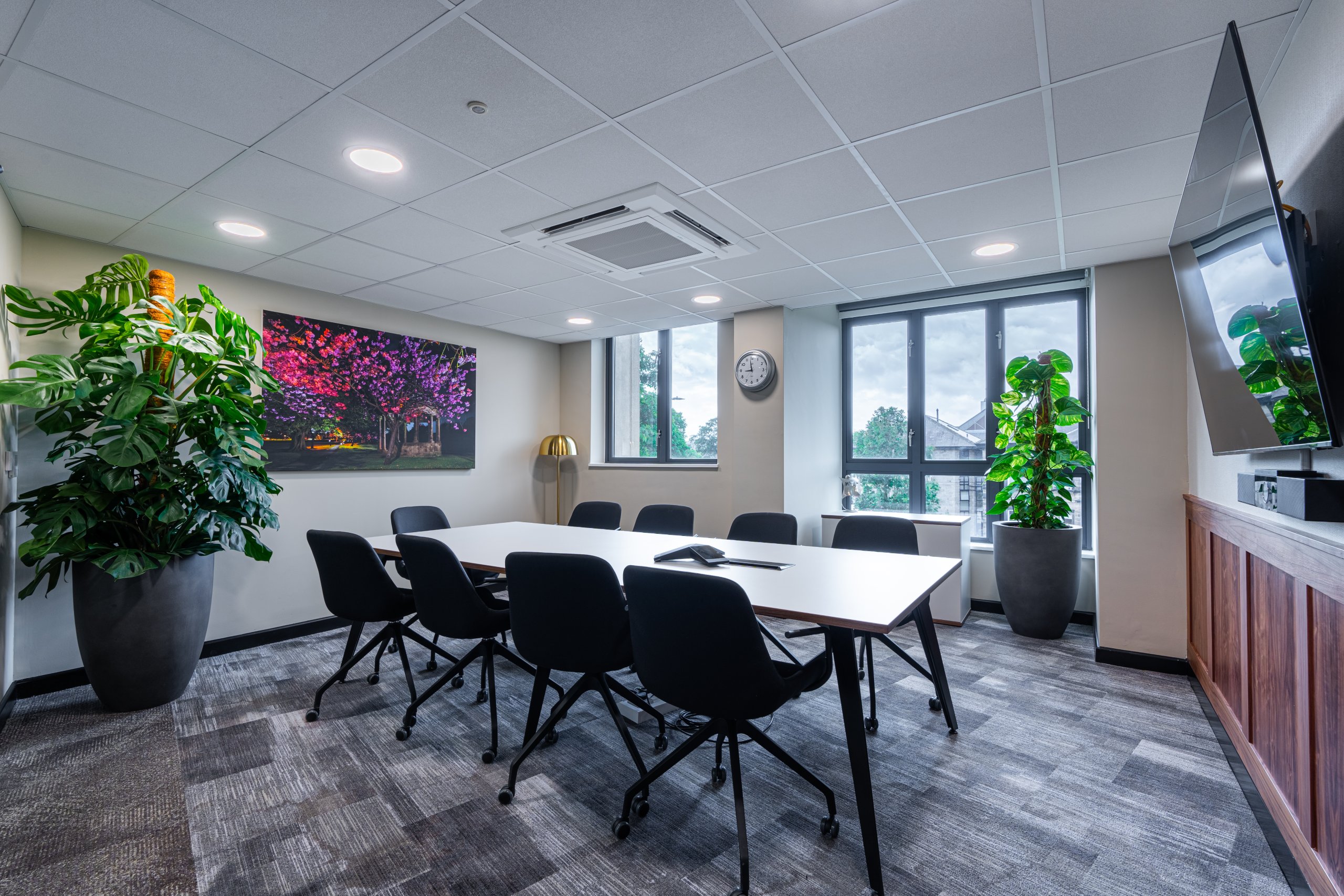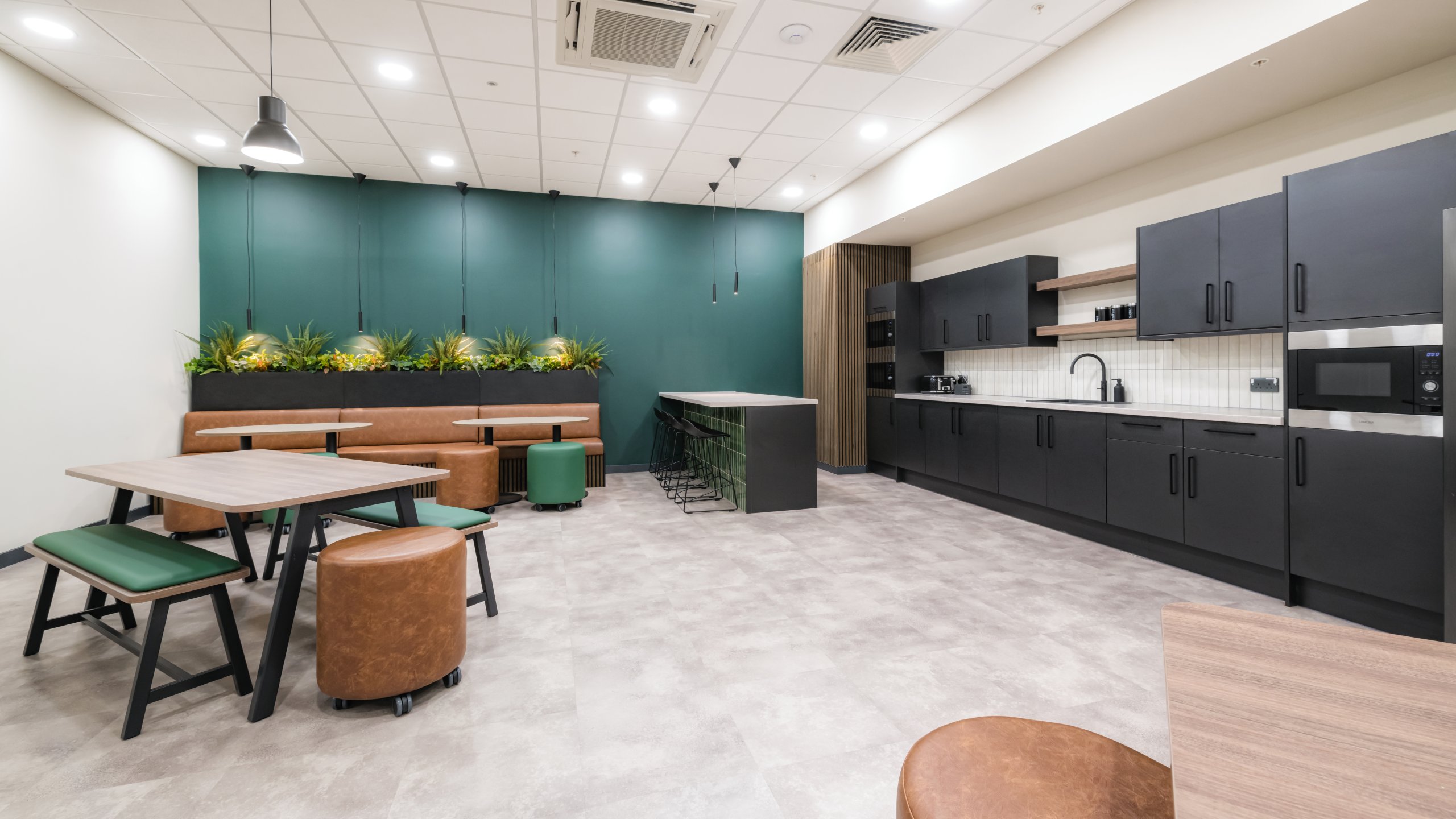When it comes to relocating your office space or simply undertaking an office refurbishment, you’ll need someone to manage and implement the work. In this case, there are two primary approaches you’ll have to choose from when it comes to your project’s office design and project management: Traditional Procurement and Design and Build.
While both methods have their advantages, choosing the right approach for your project can significantly impact its success and whether the end result will match the needs of your business. Before starting your office fit out, you’ll first need an understanding of the differences between these two approaches.
In this blog post, you’ll find everything you need to know about the design and build, and traditional procurement approach, including their benefits, and the delivery method of each.
The traditional procurement approach has been a dominant method used by businesses for decades. Within this approach, a business will appoint several businesses for each part of their office refurbishment. For example, they will need to select a design consultancy, project manager, IT consultant, furniture supplier, electrician, as well as other professionals to provide their expertise and services when delivering the project.
The traditional procurement model will also see a project divided into three distinct phases: design, bid, and build. This process will involve the project lead negotiating with an interior design firm and building contractor separately. The project manager will first

hire a design company to create and deliver design plans which will be used in the upcoming project. Then, the company will consider bids made from different contractors to perform the work needed, and usually choose the contract with the lowest bid.
A traditional procurement approach has been the preferred choice for larger scale and specialist projects in the past. However, the design and build approach has evolved over time, where it is now a viable choice for projects of a large size and scale.
This does not mean that the traditional procurement approach is without its benefits. Some of these include:
Each phase of the project is clearly defined and is usually handled by different external contractors. For example, a designer will manage the design phase, contractors for the construction phase, and so on. This separation of responsibilities can provide a sense of accountability and makes defining the responsibilities of every individual easier.
Because the design plans are completed before contractors bid on the project, it is easier to get accurate cost estimates as the contractors are aware of the work needed to be carried out.
Clients who have a large budget, require a large scale fit out, and have the capacity to oversee more of the project themselves may be better suited to a traditional procurement approach. However, it is important to consider that a traditional approach can lead to longer time frames and sudden additional costs.
A design and build approach is a more collaborative approach where every part of the office refurbishment process is integrated into a single contract. This is also known as a turnkey solution which includes design, consultancy, project management, and construction under one service.
Because the client only handles one design and build contractor who is responsible for the entire project, this approach is found to be a much quicker procurement solution for projects up to £50m.

Design and build solutions for commercial office fit outs are becoming increasingly popular for both relocating and redesigning workplaces. This is largely due to the number of benefits this turnkey solution delivers. These include:
Because all of the services involved in the project are fully integrated, this allows for overlapping phases. If done strategically, this can potentially reduce the overall project timeline and have your office fit out completed in no time.
With a single point of contact, communication is made easy, and decision-making can become more efficient when information only needs to be relayed to one person. As a result, this can minimise the risk of any misunderstandings and delays.
This turnkey solution allows designers and builders to collaborate throughout the duration of the project. This can lead to innovative solutions and value engineering, and means that changes can be made efficiently which can potentially optimise the overall costs of the project.
Whilst a traditional procurement approach does have an element of cost certainty, unexpected costs can still arise throughout the process. On the other hand, a design and build solution can deliver 100% cost certainty as the contractor sets the cost at the beginning of the project.
Ultimately, both procurement methods have their merits, and the “right” choice depends on the specific requirements and objectives of your project. However there are several factors to be aware of.
As we have already mentioned, projects using a traditional procurement process can experience additional costs, as any work required outside of the initial job specification can be chargeable. These changes can also have a knock-on effect when it comes to delivery times too. Any changes to the project requirements will automatically trigger extensions to the projects initial end date.
For straightforward projects with a clearly defined scope that is unlikely to change, a traditional procurement solution might suffice. However, complex or unique projects could benefit from the collaborative nature of a design and build approach where changes can be handled more efficiently.
The key to a successful office refurbishment lies in understanding the features of traditional procurement and design and build, and aligning them with your project’s unique needs. Whether you prioritise control, collaboration, cost certainty, or speedy delivery, there’s an approach that’s just right for you.
At Building Interiors, we can offer our services as part of the traditional procurement process, or a complete turnkey solution. If you’d like to discuss your upcoming office fit out with a member of our team, call us on 0113 388 6522, or email us at contact@buildinginteriorsgroup.co.uk.